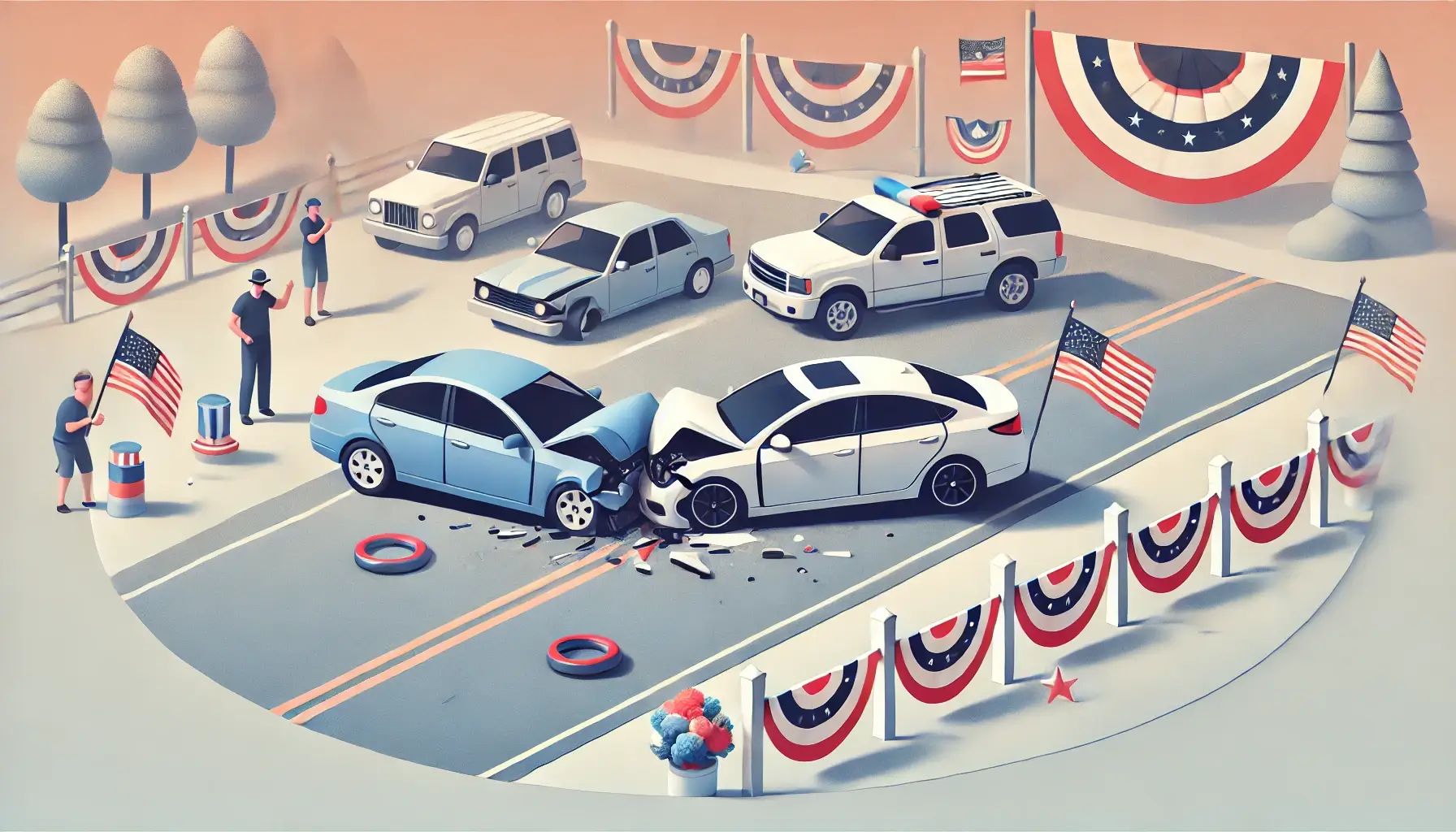Junk Car Parts You Can Salvage and Sell For a Profit (PDF)
When a car reaches the point of being beyond repair, it’s often destined for the scrapyard. However, as the saying goes, “One person’s trash is another person’s treasure.” Even after being labeled as a total loss, there’s value in junk cars that can be obtained by salvaging their parts for various purposes. If you’re curious about which parts you can salvage from them, this article is designed to provide you with that information. Continue reading as we present a compilation of components that you might be able to salvage from a scrap vehicle.

- Engine and Transmission: The engine and transmission rank among the most valuable components of a car. If these parts are still in good working condition, they can be extracted and sold to mechanics or used to provide power for another vehicle. Replacing engines and transmissions can be costly, so salvaging these parts can significantly cut down on expenses.
- Body Parts: Even if the vehicle’s body is extensively damaged, individual body parts that remain intact can be salvaged and put up for sale. Items such as doors, fenders, and hoods can find new life by being repurposed for other vehicles or utilized to mend other cars with damage.
- Wheels and Tires: Wheels and tires represent another valuable aspect of a junk car. If they’re in good shape, they can be sold to individuals seeking replacements for their worn-out or damaged tires. Even tires that can’t be used on the road anymore can be creatively repurposed for activities such as serving as garden planters or exercise equipment.
- Seats and Upholstery: Should the seats and upholstery be in good condition, salvaging them can provide an opportunity for resale to those interested in refurbishing their vehicles. These elements could also find new roles as furniture or home décor pieces.
- Electronics: Modern vehicles are equipped with an array of electronic components, encompassing radios, GPS systems, and airbag sensors. If these parts are still operational, they can be salvaged and sold to individuals looking to replace or upgrade their current systems. Additionally, even non-functioning electronics can hold valuable metals that can be extracted and sold as scrap.
- Catalytic Converter: Catalytic converters are integral to reducing a vehicle’s emissions. They contain precious metals like platinum, palladium, and rhodium, which can be extracted and sold for a substantial profit. Unfortunately, these converters are often targeted by thieves, underscoring the importance of securely parking your vehicle, especially in less secure areas.
- Battery: Car batteries are recyclable and can fetch a price due to their lead content. If a battery is still functional, it can be resold and repurposed in another vehicle. Recycling car batteries not only contributes to environmental sustainability but also presents an income-generating opportunity.
When a car reaches the end of its roadworthy life, it doesn’t mean it’s completely worthless. Numerous components within can be salvaged and repurposed, leading to cost savings and a reduction in waste. If you’re looking forward to making a good deal, let our car appraisal and fair market value experts help you find it!




